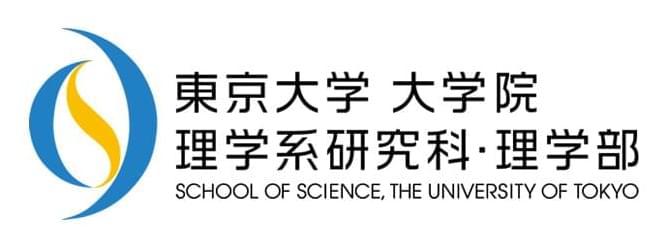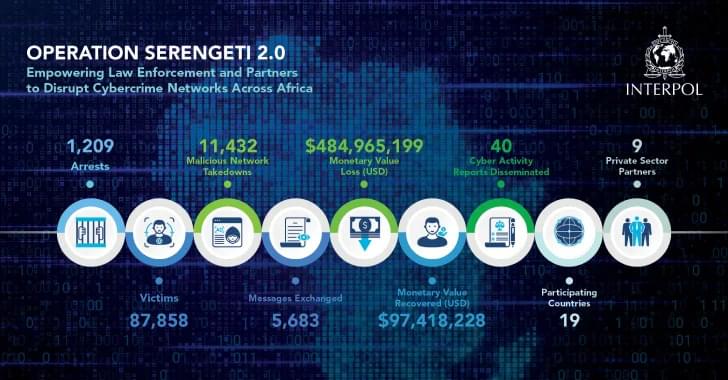Frost-covered regions present the best candidates for the future habitability of Mars and further astrobiological exploration, research into brines shows. Mars, once thought too cold and dry for liquid water, may briefly host salty brines twice a day during certain seasons. These fleeting bursts wouldn’t be enough to sustain humans, but they could have supported hardy life in Mars’ past—and may guide future missions searching for signs of it.
Due to extreme temperatures and the dryness of Mars, it’s thought to be impossible for liquid water to form on the planet’s surface, a critical precondition for habitability. The only hope of finding liquid water appears to be in the form of brines, which are liquids with high concentrations of salts that can freeze at much lower temperatures. But the question of whether brines can even form on Mars has yet to be answered.
Vincent Chevrier, an associate research professor at the University of Arkansas’ Center for Space and Planetary Sciences, has been studying that question for 20 years and now thinks he knows the answer: ‘yes they can.’









